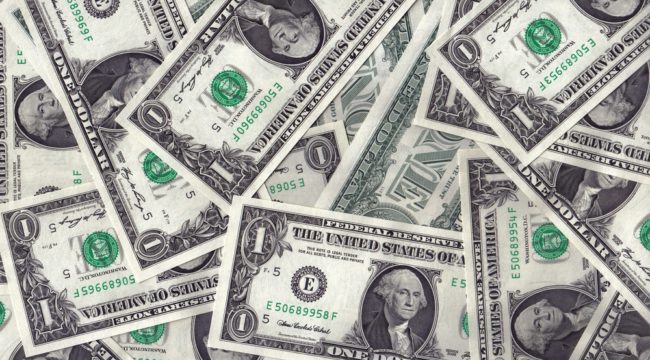The Coming Economic Winter
To everything there is a season, Ecclesiastes tells us…
Is the economy entering winter?
In spring the thrusting saplings of tomorrow shoulder their way out of the earth.
Buds form upon the trees. The days lengthen with the late-afternoon shadows.
It is the season of possibility.
Summer is nature in full flower. It is green. And lush. It is the promise of spring come to fruition.
The days are long, they are radiant… and they are carefree.
In autumn the first wrinkles of age appear. The trees go gray. And they begin losing their hair.
The first frosts arrive — a foretaste of days to come.
Then comes winter. Snow. Ice. Dark. Desolation. It is the season of death.
It can be said economies follow a similar cycle of the seasons. They sprout, blossom, fade… and die.
The Daily Reckoning’s Charles Hugh Smith has argued winter may be closing in…
Charles says the world is marked by “souring social mood, loss of purchasing power, stagnating wages, rising inequality, devaluing currencies, rising debt, political polarization and elite disunity.”
“These are all characteristics,” Charles laments, “of the long-wave social-economic cycle that is entering the disintegrative (winter) phase.”
Charles leans on the work of historian Peter Turchin.
Turchin explores historical cycles of social disintegration and integration over 50-, 150- and 200-year cycles in his book Ages of Discord.
He identifies three primary forces driving these cycles:
An oversupply of labor that suppresses real wages… an overproduction of parasitic elites… a deterioration in state finances (Charles explores these in greater detail below).
These cycles are as natural as the seasons… and maybe as inevitable.
Turning to America…
Real American wages have been essentially flat for decades. Evidence suggests the bottom half of American adults earn no more than they did in the 1970s.
An overproduction of parasitic elites? We append no comment.
A deterioration in state finances? The Treasury groans under a $22 trillion national debt that is growing… daily.
Meantime, unfunded liabilities such as Social Security and Medicare currently exceed $50 trillion by some estimates.
$50 trillion liabilities cannot be met. They can only be repudiated in one form or another.
It is fashionable in some quarters to compare the present United States to ancient Rome.
The comparisons are often overwrought. Often — but maybe not always.
Rome had its spring. It had its summer, its fall… and then its winter.
That seasons glided one into the next so easily hardly anyone noticed.
From The Empire of Debt, co-written by our founders Addison Wiggin and Bill Bonner:
In Rome, the institutions evolved and degraded faster than people’s ideas about them. Romans remembered their Old Republic with its rules and customs. They still thought that was the way the system was supposed to work long after a new system of consuetude fraudium — habitual cheating — had taken hold…
As time went on, the empire came to resemble less and less the Old Republic that gave it birth. The old virtues were replaced with new vices.
We cannot help but think of these United States as we reflect upon these lines.
Our nation shows many of the same telltales, in ways large and small.
But we are cynical by nature. And a man sees what he expects to see. Perhaps the best days are to come.
We cannot truly identify America’s present season. Our vision simply does not extend the required distance.
But we have our jacket and gloves ready… just in case.
Regards,
Brian Maher
for The Daily Reckoning



Comments: